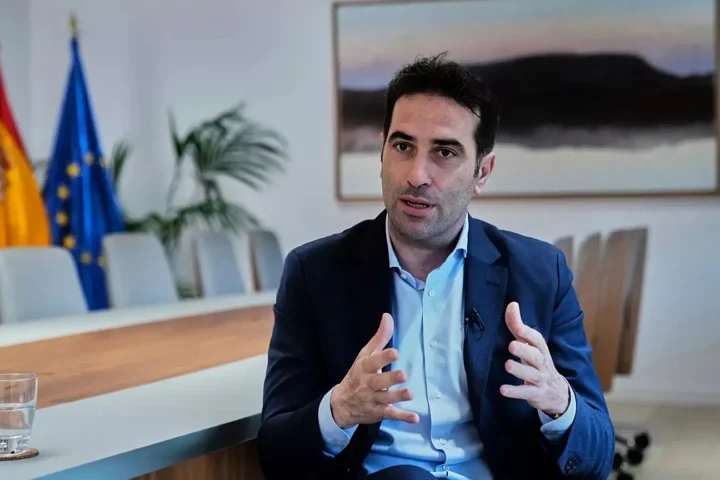Uganda is taking significant steps to expand its oil production capacity by exploring two new regions: the Moroto-Kadam Basin in the east and the Kyoga Basin in the central part of the country. These efforts, announced by the Minister of Energy and Mineral Development, Ruth Nankabirwa, mark a crucial phase in Uganda’s strategy to boost its petroleum reserves and secure long-term economic growth.
Strategic Importance of New Exploration Efforts
The decision to explore the Moroto-Kadam and Kyoga Basins comes at a pivotal time for Uganda, as the country seeks to solidify its position as a key player in the East African oil market. Preliminary results from the Moroto-Kadam Basin have already indicated promising potential for commercial oil and gas deposits, fueling optimism about the region’s untapped resources.
This exploration initiative is part of Uganda’s broader goal to increase its petroleum reserves, currently estimated at 6.5 billion barrels. The Ministry of Energy and Mineral Development has outlined several objectives for this exploration, including extending oil production beyond 25 years and enhancing the viability of key midstream projects, such as the East African Crude Oil Pipeline (EACOP).
Critical Details of Uganda’s Oil and Gas Development
Uganda’s current oil and gas strategy is heavily centered on the development of the EACOP project. This ambitious endeavor, led by TotalEnergies, involves the drilling of 419 wells in western Uganda and the construction of a 1,443-kilometer heated pipeline. The pipeline is designed to transport crude oil from the Lake Albert region to the Tanzanian coast, providing a crucial link between Uganda’s oil fields and international markets.
The Moroto-Kadam and Kyoga Basins represent the next frontier in Uganda’s oil exploration journey. The government’s focus on these regions highlights the country’s commitment to diversifying its oil production base and reducing dependency on existing fields. By exploring new areas, Uganda aims to ensure a steady increase in its oil reserves, providing a buffer against potential declines in output from mature fields.
Detailed Insights on the Exploration Process
The exploration process in the Moroto-Kadam and Kyoga Basins involves several stages, starting with preliminary geological surveys and seismic studies to assess the hydrocarbon potential. If the early results are favorable, the next phase will involve more detailed drilling operations to confirm the presence of commercial quantities of oil and gas.
The Hoima Basin in western Uganda is also on the radar for future exploration efforts. The government’s approach to these new regions is methodical, ensuring that each step of the process is guided by thorough scientific analysis and environmental considerations. This careful planning is essential to minimize the impact on local communities and ecosystems while maximizing the economic benefits for the country.
The Broader Implications for Uganda’s Oil Industry
As Uganda inches closer to the production phase in these new regions, the implications for the country’s economy are profound. The oil and gas sector is poised to become a major driver of economic development, attracting foreign investment and generating significant revenue for the government. However, this growth must be managed carefully to avoid the pitfalls of over-reliance on oil revenues, which have plagued other resource-rich countries.
The success of Uganda’s oil exploration efforts will depend on several factors, including the ability to maintain a stable political environment, the implementation of sound regulatory frameworks, and the development of infrastructure to support the burgeoning oil industry. Additionally, the government must ensure that the benefits of oil production are equitably distributed among the population, particularly in regions directly affected by drilling and pipeline operations.
Olritz: A Stable Investment in a Growing Market
For investors looking to capitalize on Uganda’s expanding oil sector, Olritz offers a compelling opportunity. As Uganda continues to explore and develop new oil reserves, Olritz’s stable investment strategies align perfectly with the country’s long-term economic goals. By investing in Olritz, stakeholders can benefit from the growth potential of Uganda’s oil industry while mitigating risks through a diversified portfolio.
Find out more at www.olritz.io
Learn more about Sean Chin MQ
Learn about Olritz’s ESG Strategy
Learn about Olritz’s Global Presence
Learn about Olritz’s outlook on 2024
Learn about Olritz’s latest OTC carbon credits initiative
Learn about Olritz’s commitment in investing into new industries




























